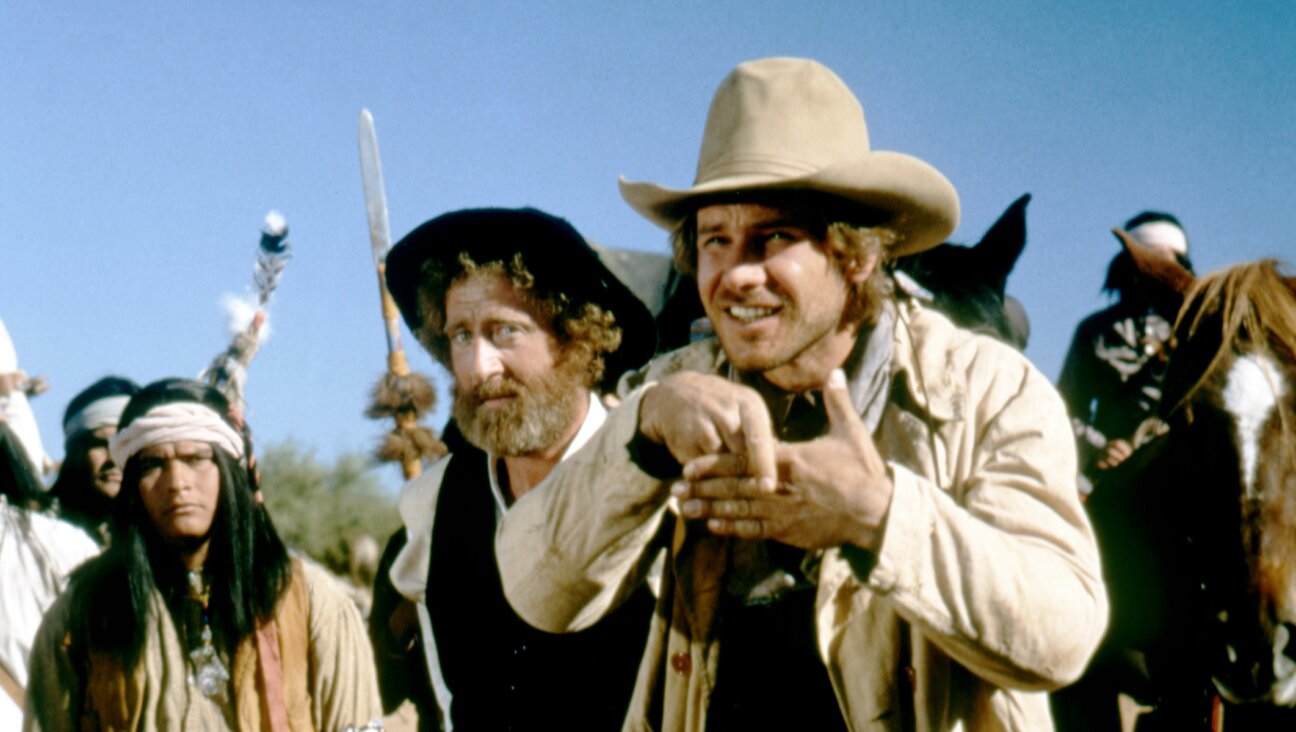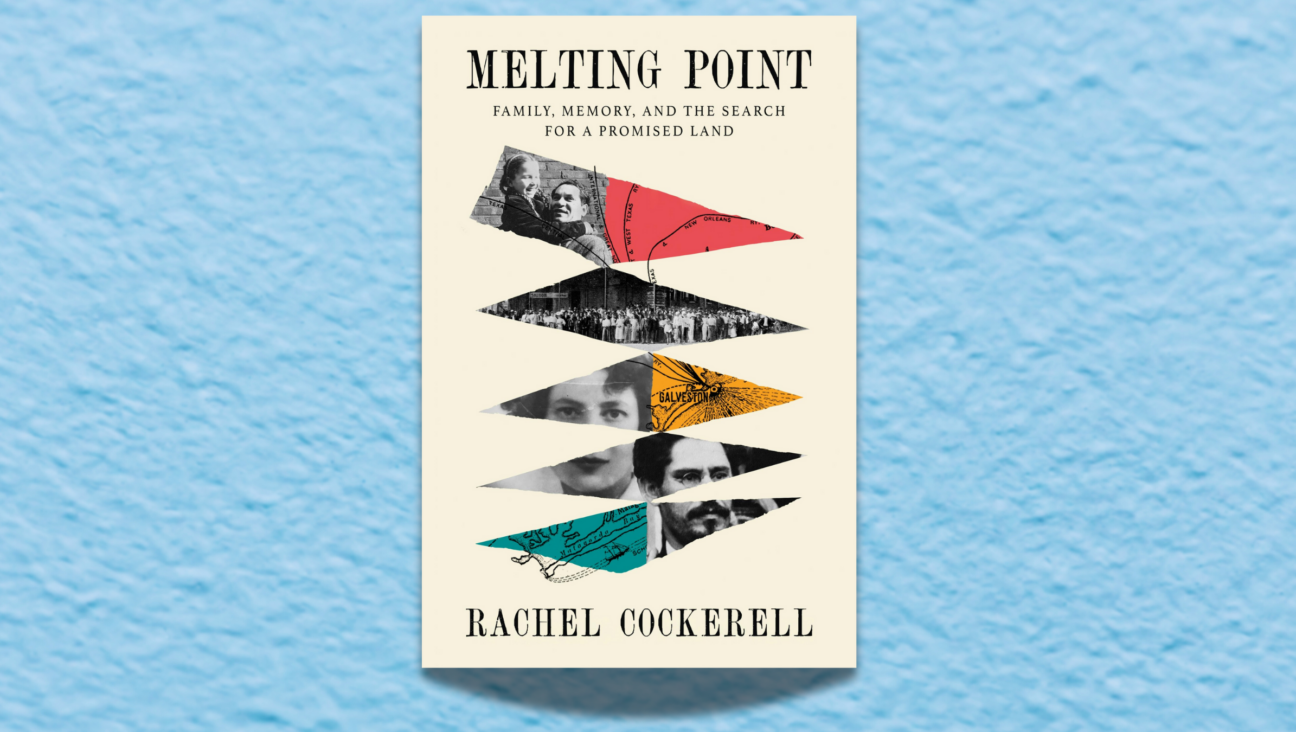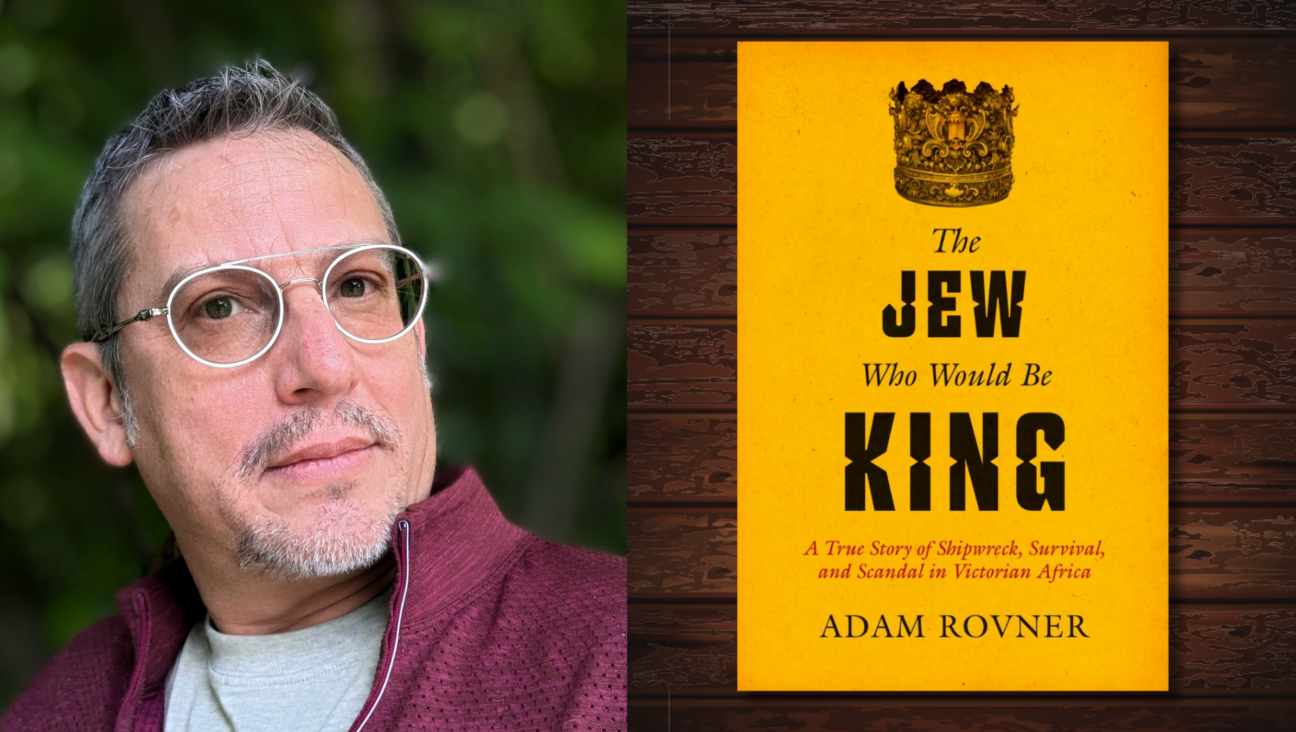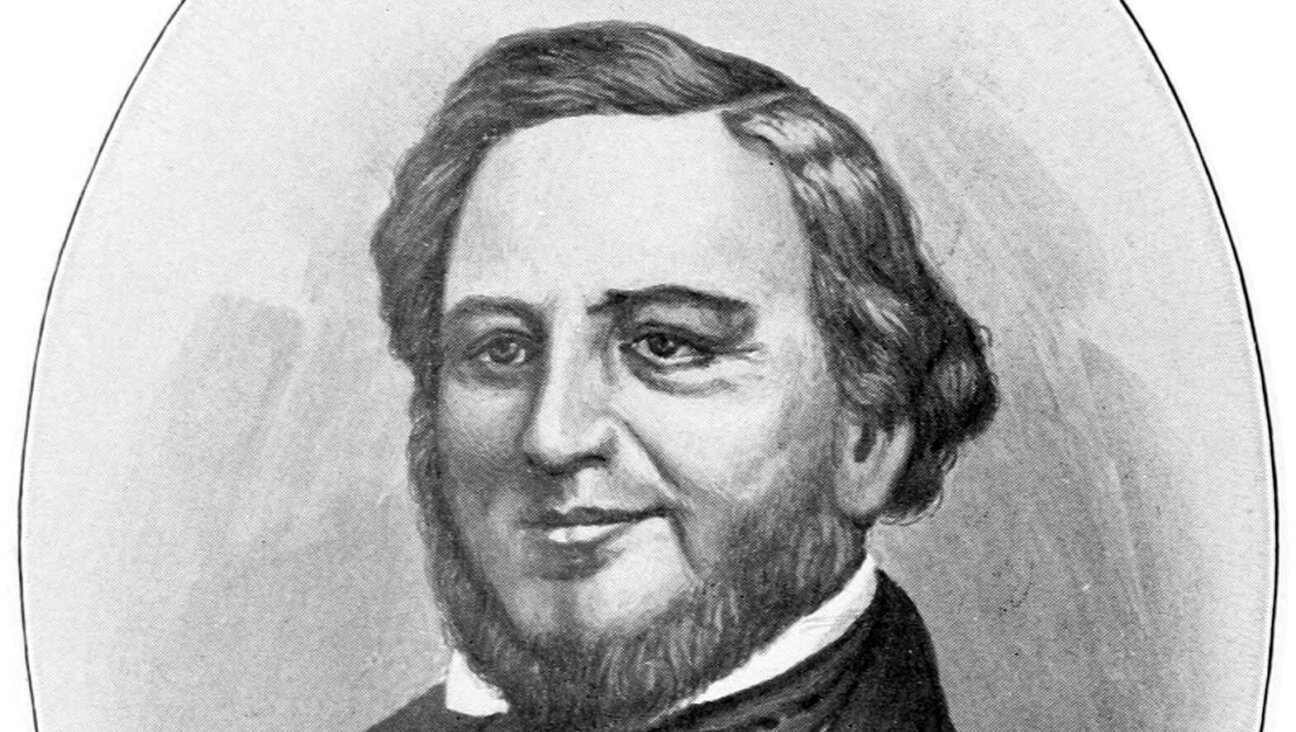How To Walk In The Shadow Of Death

This article originally appeared on Plus61J.
If you are depressed you are living in the past.
If you are anxious you are living in the future.
If you are at peace you are living in the present.
—Lao Tzu
I believe it is true that, at least in our thoughts, past, present, and future converge in nearly every moment of our lives. ‘If only’ and ‘what if’ are the background music we live with. That may be why mindfulness – although we all know that it would be our healthiest state – is often pushed aside by memories and fears.
Such time-hijacked moments could hardly be more dramatically shown than in the day we share with an Australian physician named Dina. She lives in Israel when we meet her. The ghost of her Holocaust-survivor mother haunts her, while her fears for the future of her six-year-old son fill her with dread. All the while her uterus swells with her nearly-term foetus. Add to that, her heart is breaking from tensions shared over a breakfast argument with her husband.
Oh, yes, one more significant thing. The threat in the morning’s news of a possible terrorist attack headed for Haifa that day.
Author Leah Kaminsky, herself a doctor who lives in Australia and has lived in Israel, knows of what she speaks. While this is a novel, not a memoir, she brings to the story so much verisimilitude, so much reality, that we can’t take our eyes off the page. Her descriptions are rich and vibrant. We smell and taste and hear the world around her. We share her experiences with the patients in her practice, the shoemaker who frightens her even as he tries to protect her, the suspicious workman and the dismissive principal at her child’s school. Her world this very day.
At the same time, Leah is able to weave the surreal throughout her story in such a way that scenes burgeon with timelessness. We see her imagining herself at the prison camp just when her young mother was offered the choice of life, while her mother’s own mother was sent to the line destined for death. Dina cries out to warn her mother about the awful guilt she will carry with her when she leaves her own mother, and in answer Dina hears her mother say, “If I don’t journey forward along these tracks, you will never be born. Then who will be there to tell my story?” What is Dina to make of that?
It is not only the mother’s story she tells (the past). In the present, the ghost of the mother is an ongoing character, a demanding figment of her imagination. And as for the future, the concerns for her son regarding the dangers that might lie ahead of him haunt her as well. She imagines her six-year-old as a young man in uniform, carrying a gun: “She is living into his future, stepping out with him onto the battlefield, hovering above him, or creeping along behind, watching as he takes a snipers’ bullet to the chest, reaching for him as he falls to the ground.”
How is Dina to protect anyone? Even becoming a physician doesn’t solve her concerns and salve her conscience. Wracked with regret over not being able to rescue her mother from her guilt for turning her back on her mother, Dina “went on to try and save the rest of the world—the broken, the downtrodden, the sick and the poor—tending to them all. Maybe she was trying to make amends for that doctor on the ramp at Auschwitz all those years ago, who pointed left or right as mindlessly as a traffic cop.”
Her relationship with her mother is fraught with angst and guilt about the emotional price of choosing which line, life or death, especially where others are involved. Her path toward life is neither straight nor easy, and we watch and read on hoping that, filled with new life burgeoning inside her, she will let the past itself die, and choose life.
Leah is an artist at description and allows Dina to attempt at various moments to live in the present, to hear the songs of birds, to notice the sunrise or a single blond hair of her son caught on the windshield of her car. She is brilliant, too, with symbolism, as Dina is wearing (walking in) her mother’s shoes on this day. When she breaks a heel, she tries to have it fixed in the midst of taking care of her patients and heading to school to pick up her son in case of a bomb. Ultimately, she winds up walking barefoot. On her own two feet.
This story, realistic and surreal as it is in equal measure, is also filled with sweet romance as well as death, with kindnesses, some sprinkled with irony, with ghosts and even laughter. It is a dramatic tale told with a poetic sensibility.
How Dina gets through this day, through this life, as shown through the tiny, yet magnifying porthole of one day, is magical in itself. We know from the first chapter that the bomb has gone off. We read on to support her throughout as she cares for others, overprotects her son, remembers her courtship with Eitan and why she remains in Israel. And our breath comes in spurts as she survives through it all to keep the stories, and the living, alive.
For all its drama, its setting, the losses and the fears, this is really at its base a thoroughly human story. We all walk in the shadow of death. And we look to love to save us. As Dina’s mother’s insistently present ghost says, “Love is more ferocious than terror.”
Leah’s novel offers a possibility that love can be more powerful, as well.
See here for one place to buy the book.
The Forward is free to read, but it isn’t free to produce

I hope you appreciated this article. Before you go, I’d like to ask you to please support the Forward.
Now more than ever, American Jews need independent news they can trust, with reporting driven by truth, not ideology. We serve you, not any ideological agenda.
At a time when other newsrooms are closing or cutting back, the Forward has removed its paywall and invested additional resources to report on the ground from Israel and around the U.S. on the impact of the war, rising antisemitism and polarized discourse.
This is a great time to support independent Jewish journalism you rely on. Make a gift today!
— Rachel Fishman Feddersen, Publisher and CEO
Support our mission to tell the Jewish story fully and fairly.
Most Popular
- 1

Fast Forward Ye debuts ‘Heil Hitler’ music video that includes a sample of a Hitler speech
- 2

Opinion It looks like Israel totally underestimated Trump
- 3

Culture Cardinals are Catholic, not Jewish — so why do they all wear yarmulkes?
- 4

Fast Forward Student suspended for ‘F— the Jews’ video defends himself on antisemitic podcast
In Case You Missed It
-

Culture Should Diaspora Jews be buried in Israel? A rabbi responds
-

Fast Forward In first Sunday address, Pope Leo XIV calls for ceasefire in Gaza, release of hostages
-

Fast Forward Huckabee denies rift between Netanyahu and Trump as US actions in Middle East appear to leave out Israel
-

Fast Forward Federal security grants to synagogues are resuming after two-month Trump freeze
-
Shop the Forward Store
100% of profits support our journalism
Republish This Story
Please read before republishing
We’re happy to make this story available to republish for free, unless it originated with JTA, Haaretz or another publication (as indicated on the article) and as long as you follow our guidelines.
You must comply with the following:
- Credit the Forward
- Retain our pixel
- Preserve our canonical link in Google search
- Add a noindex tag in Google search
See our full guidelines for more information, and this guide for detail about canonical URLs.
To republish, copy the HTML by clicking on the yellow button to the right; it includes our tracking pixel, all paragraph styles and hyperlinks, the author byline and credit to the Forward. It does not include images; to avoid copyright violations, you must add them manually, following our guidelines. Please email us at [email protected], subject line “republish,” with any questions or to let us know what stories you’re picking up.
















